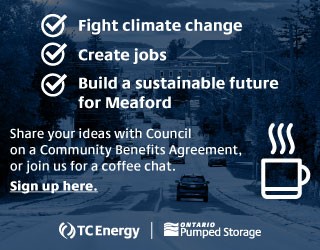Editor,
I’m unsure where Mr. Carr gets all of his numbers but some, many, are dubious to me.
The assumption that EV owners will charge their cars to 100% every day is bogus. Even gas vehicle owners do not fill up every day. EV owners with no home plugin would not go to a public charger every day either. The assumption that every driver will use all their battery capacity every day is bogus.
Consider :
-
- Many EV owners will charge at home.
- EV owners charging at home will only charge up to their daily needs. Not 100%.
- The current EV manufacturers do not advise charging to more than 80% on a frequent basis. Such behaviour will impact efficiency and shorten battery life.
- Battery Capacity (in kilowatt-hours) = Charging Time (in hours * Charging Power (in kilowatts)
- So, a 10 KW charger would fully charge a battery in 8 hours is conceivable. It would draw 80 kwh from the grid. But that is not typical.
- Following that formula, 800 million KWH/day would be pulled from the grid to power 10 million EVs. But this does not get us to the assertion that “We will ultimately need 100 thousand megawatts of energy to charge Ontario’s 10 million future EVs”. Funny math.
- Many existing EVs do not have 80 kwh batteries nor do they use 80kw/day.
- In my case, I charge at home 98% of the time on a 15kw charger. I typically use 14 kw/day to travel an average 70km.
- If my usage is typical then 10 million EVs would use 140 million kwh/day, not 800 million kWh and certainly not 10,000 MW.
Why OPSP?
The main reason for OPSP is to provide a reserve of 1,000 MW of renewable energy to stabilize the grid, provide emergency power and satisfy peak power needs. I wonder if it will be drained and filled every day. This may be another bogus assumption.
Among the many reasons to spend the money for grid storage is insurance. We pay medical, car, house, life insurance, etc. Think of it as 50-100 years of energy insurance. We need a backup plan if some disastrous event disrupts our 2 primary sources of power: Nuclear and Hydro. Nuclear power especially, requires scheduled shutdowns for periodic safety maintenance. Hydro power also depends on predictable water flow. Is climate change a factor in reliable water flows? It is in many areas.
The OPSP will most certainly reduce the need for power from gas-fired generators that are 27% of the capacity on our grid. We certainly don’t need their contribution of CO2 pollution that drives global warming, climate change and weather extremes.
I would much rather spend our excess energy on the OPSP and reduce our electrical energy exports to the US. Often at a loss.
We are blessed, in Ontario, to have a location and a willing partner to build a renewable energy source, a ‘battery’ for our power grid. I think the people of Ontario can afford the energy insurance. It is one positive thing we can contribute to Canada’s efforts to reduce global warming. We need to do something, we are not cutting back on oil production.
Final thoughts:
I agree that we do need more renewable energy. The issue of grid energy used to pump the water can be mitigated by adding wind and solar to the project. These sources can provide energy to pump at least some of the water. This will not compete with other energy uses and will increase the overall efficiency of the OPSP.
I also agree there is madness in abundance about this project. But not where some are looking.
We need to take a long view of Ontario energy needs. Will future generations think us miserly and shortsighted or be happy that we thought about their needs?
I support the Ontario pumped storage project as the best long term option for Ontario’s grid storage.
Dave MacDougall, Meaford









